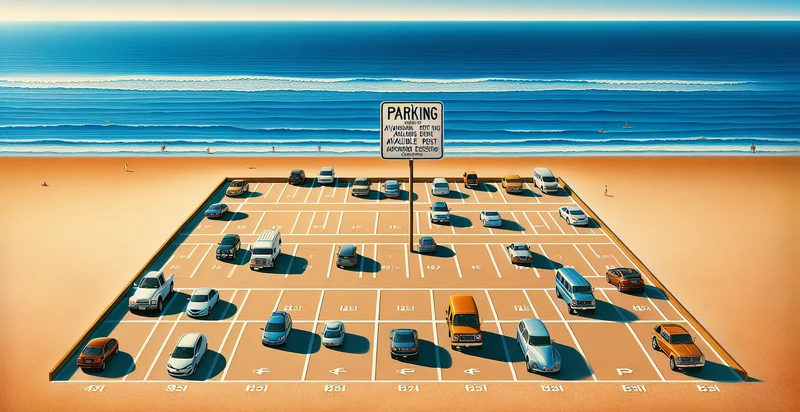Identify beach goers count
using AI
Below is a free classifier to identify beach goers count. Just upload your image, and our AI will predict the number of beach goers present in the image - in just seconds.


Contact us for API access
Or, use Nyckel to build highly-accurate custom classifiers in just minutes. No PhD required.
Get started
import nyckel
credentials = nyckel.Credentials("YOUR_CLIENT_ID", "YOUR_CLIENT_SECRET")
nyckel.invoke("beach-goers-count", "your_image_url", credentials)
fetch('https://www.nyckel.com/v1/functions/beach-goers-count/invoke', {
method: 'POST',
headers: {
'Authorization': 'Bearer ' + 'YOUR_BEARER_TOKEN',
'Content-Type': 'application/json',
},
body: JSON.stringify(
{"data": "your_image_url"}
)
})
.then(response => response.json())
.then(data => console.log(data));
curl -X POST \
-H "Content-Type: application/json" \
-H "Authorization: Bearer YOUR_BEARER_TOKEN" \
-d '{"data": "your_image_url"}' \
https://www.nyckel.com/v1/functions/beach-goers-count/invoke
How this classifier works
To start, upload your image. Our AI tool will then predict the number of beach goers present in the image.
This pretrained image model uses a Nyckel-created dataset and has 12 labels, including 1-5, 1001+, 101-200, 11-20, 201-300, 21-30, 301-400, 31-50, 401-500 and 501-1000.
We'll also show a confidence score (the higher the number, the more confident the AI model is around the number of beach goers present in the image).
Whether you're just curious or building beach goers count detection into your application, we hope our classifier proves helpful.
Related Classifiers
Need to identify beach goers count at scale?
Get API or Zapier access to this classifier for free. It's perfect for:
- Crowd Management: Local authorities can use the beach goers count identifier to monitor the number of visitors at popular beaches in real-time. This information will help manage crowd sizes, ensuring that safety regulations are met and that the beach remains enjoyable for everyone.
- Marketing Insights: Beach resorts and nearby businesses can leverage the data from the identifier to analyze visitor trends. By understanding peak times and visitor demographics, they can tailor marketing strategies and promotional offers, thus boosting sales during high-traffic periods.
- Environmental Impact Assessment: Environmental agencies can utilize the beach goers count to evaluate the impact of visitors on coastal ecosystems. By correlating the number of beach goers with environmental data, agencies can better inform policies regarding conservation efforts and sustainable tourism.
- Event Planning: Organizers of beach events can use the identifier to gauge potential attendance before hosting large gatherings. With accurate visitor count predictions, they can make informed decisions on logistics, security, and amenities, ensuring a seamless experience for attendees.
- Health and Safety Monitoring: Lifeguards and emergency services can integrate the beach goers count into their monitoring systems to enhance safety protocols. By keeping track of visitor numbers, they can allocate resources more effectively, ensuring quick responses in emergencies.
- Park and Recreation Management: Municipal parks and recreation departments can apply this function to manage beach facilities more efficiently. Understanding visitor patterns allows for better maintenance scheduling, staff allocation, and improvement of amenities based on actual usage statistics.
- Tourism Development: City planners and tourism boards can utilize the beach goers count to identify trends in beach tourism. By analyzing visitor data, they can develop targeted initiatives to enhance beach infrastructure, promote local attractions, and stimulate economic growth in coastal areas.


